Borsos Lőrincs TechnoRitualistic Objects
By Aurola Győrfy // February 13, 2024
This article is part of our Artist Spotlight series.
Hungarian artist duo Janos Borsos and Lila Lorinc have been working together under the pseudonym Borsos Lorinc since 2008. The focus of their collaborative technique—connecting and exploring their artistic identities—transformed their work from critical social reflection to an analytic passion and self-mythology. Their latest exhibition at Budapest's Artmill, "Future for Children", can be read as the culmination of their earlier desire for community and world-building, and features areas where visitors can play video games. Interactivity. The techno-ritual objects installed in the exhibition serve as focal points to evoke visions of the end of the world and take the first steps towards world reconstruction.
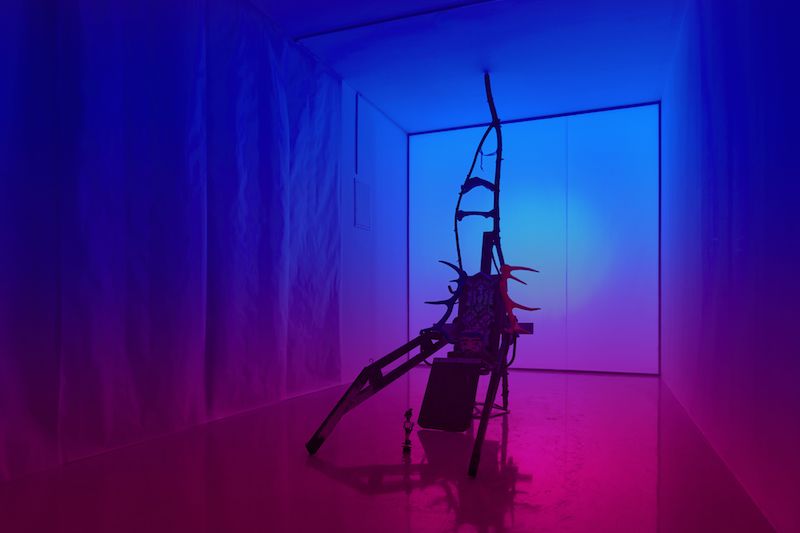
Borsos Lőrinc: "For the Children of the Future", 2023/24, installation view at Artmill Budapest // Courtesy of the artists, photo by David Biro
Their first project was "Student Loan Debt in Hungary at HUF" (2009), a painting depicting the amount of their student loan debt: HUF 789,279. In Hungary, art markets and patronage were not yet established before the fall of communism, and the development of commercial galleries occurred only after the turn of the millennium. The economic crisis of 2008 increased the difficulty of finding potential collectors and made communication between artists and customers less transparent. The painting symbolizes the fragility of existence and depicts the young artist's position in an uncertain socio-economic landscape. Against this backdrop, Borsos Lőrinc embodies the ethos of new wave artists who transcend traditional institutions. Interestingly, the painting was immediately offered and sold at the stated price.
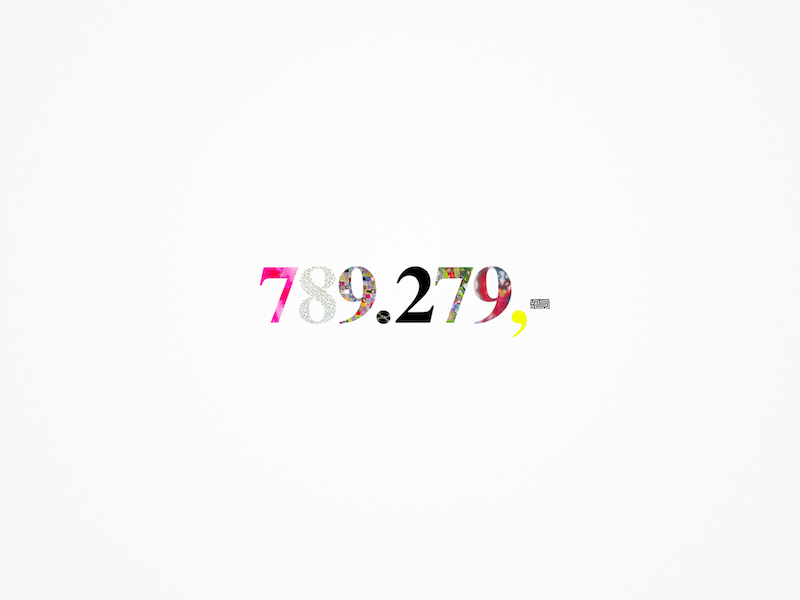
Borsos Lőrinc: "My student loan debt at HUF", 2008, Esterházy Private Foundation Collection // Photo: Miklós Sulyo
Between 2004 and 2010, the artist duo were active members of the evangelical Christian community. Today, they are still reflecting on the period, critically analyzing or looking at religious communities and practices from a more subjective perspective. In "Moving Land" (2010), they sought to question the stable and immovable world order built on Hungary's conservative Christian political system and reflected the chaotic political environment of the time. Until a scale model of the Hungarian Parliament with a solid metal core approaches the viewer as a symbol of this stability, the movement causes the sensor table to vibrate and the structure slowly collapses. Any repair of its installation is prohibited; It's over when the last speck of dust falls from the table.
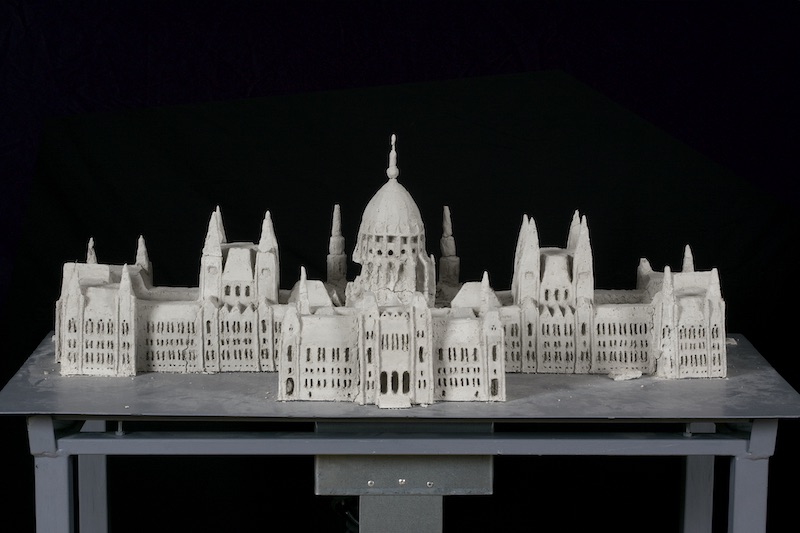
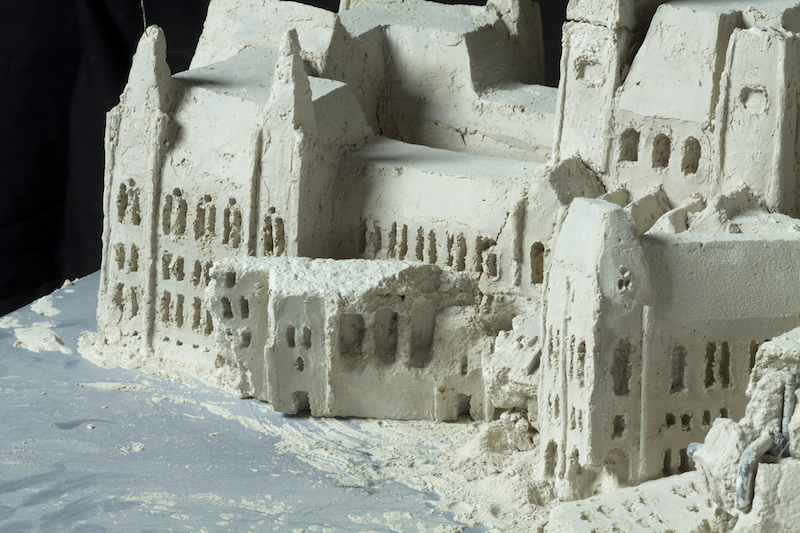
Borsos Lőrinc: “Immobile Earth”, 2010, installation 1:300 Scale Fireclay Model of Hungarian Parliament, Shaking Table, Motion Detector | 50x100x130 cm // Photo Miklos Sulioc
After doing socially critical work, both devoted themselves to self-discovery and self-analysis. In the "Self-Critical Portrait" (2016) project, they revisit the personality of Barroso Lorinque through a series of paintings. They employed a psychotherapist in their practice and, as an artist couple, examined questions of paternity, hierarchy, and identity dissonance in their personal relationship.
A feature of Borsos Lőrinc is the constant restructuring of its identity, activities and artistic goals. Over the past 16 years, the fluidity of his practice has redefined the transgressive, underground world of contemporary art in Hungary and Budapest, critically engaging with Hungary's political disharmony and socio-cultural struggles. Their collaborative methods and techniques challenge the white-cube-based academic scene and bridge the boundaries between the contemporary art community and the electronic music and entertainment worlds. They said: "We wanted to create a complete work of art that appeals to all the senses and can be a part of it, so we started organizing events and festivals mainly in Budapest's underground techno scene."
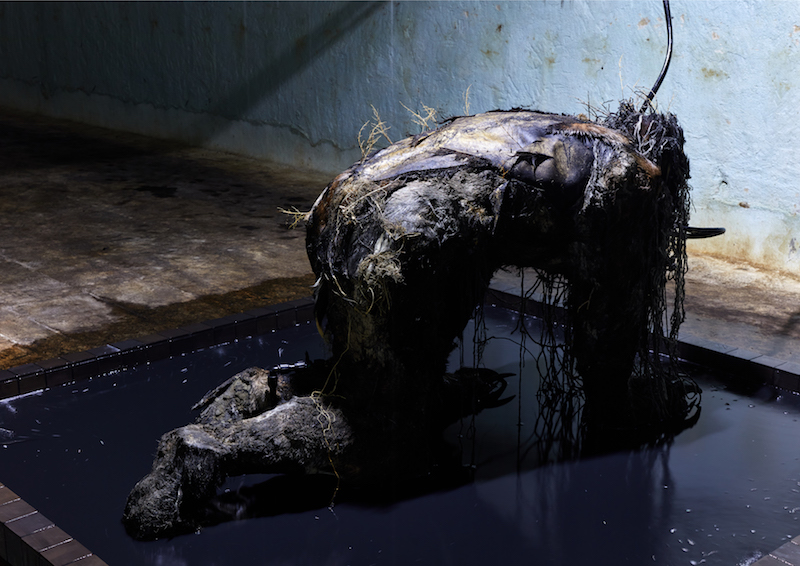
Borsos Lőrinc: "Chaos Reigns / A káosz prójnik", 2019-2021 // Technical partner: Zalán Adorján, photo Dávid Biró
The Budapest Arts District (aqb) is home to the duo's studio, as well as exhibition space, music venue and artist residency that creates an interface between Budapest's nightlife and contemporary art. This restraint reinforces collaborative tendencies and offers a platform for underground and experimental art forms such as performance music or noise music that are not defined by museum contexts. This technique, used by art spaces and duos, creates a space for reconstructing the virtualized cyberbody and reclaiming physical sensations of ecstasy, sensuality, and ritual. An example is the collective exhibition "Mine My Mind" (2020) at aqb, where Borsos Lőrinc's laser installation "Trinity Model" (2020) transforms the room with industrial sounds and flashes of red laser light and transports the audience into a shared audiovisual film. Not just a visitor, but an experience.
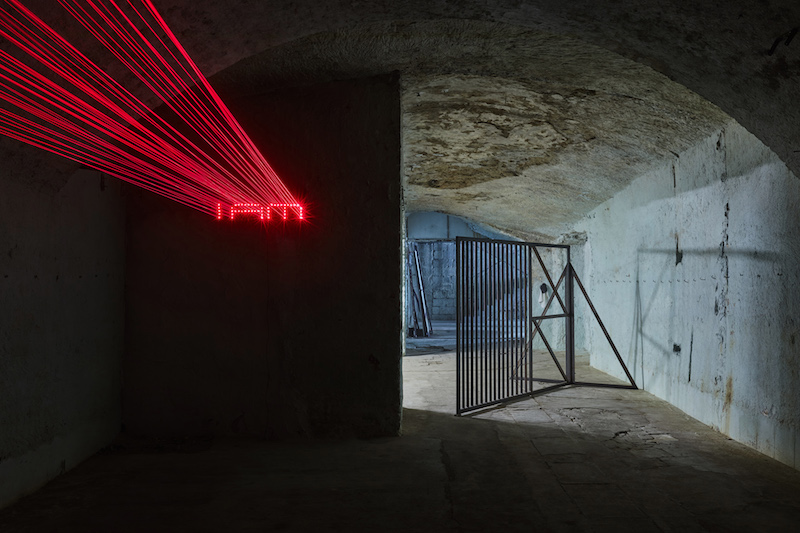
Borsos Lőrinc: "Trinity Model", 2020, Budapest Arts District // Photo by David Biro
In their latest exhibition "For the Children of the Future" (2023), the museum space is divided into two thematic parts: an artificial present reminiscent of a technological bunker and an inverted post-apocalyptic dystopian museum space. The interior of the first room is completely covered in black cloth, giving the museum a construction site aesthetic, while the second is displayed as a distorted white cube where the walls of the museum have collapsed. Art's black enamel paint plays an important role in Borsos Lorinck's practice: it absorbs and reflects light and embodies metaphysical emptiness while exploring metaphorical themes and the presence of absence.
The couple explains how the aesthetics of the event are compatible with their interest in the underground music world: "Since 2000 we have been active in visual art and nightlife, with short breaks and creating different boundaries between them. We try to combine this dialectic. The construction framework, a Complete installations that cross from one space to another and adapt the environment created with different aesthetics into a narrative within the framework of an exhibition."
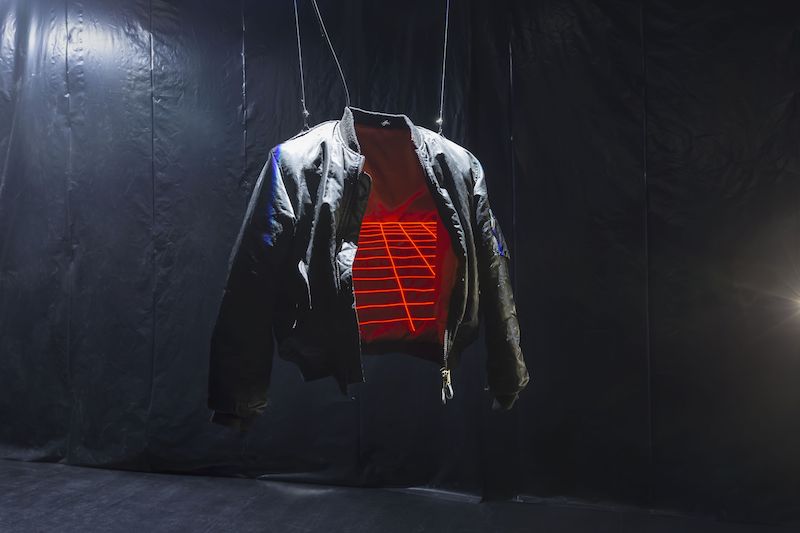
Borsos Lőrinc: "For the Children of the Future", 2023/24, installation view at Artmill Budapest // Courtesy of the artists, photo by David Biro
Artifacts on display—costumes and props left over from techno parties or labyrinthine installation spaces—both help reveal unknown ritual norms and represent memories of a future age in which technological and biological evolution takes a largely secondary and participatory role. Replaced play. . The task of the video game character is to preserve and reconstruct the ritual based on the information left behind. So in the exhibition we can read about the objects that must be solved to continue the journey, as well as the experiences of Borsos Laurink. They explain their interest in game aesthetics: “The reason we love the artistic practice of computer games is because of life itself, by working in society and creating alternative realities for playing, expressing ourselves, experimenting with materials, and researching. "They also exercise complete freedom."
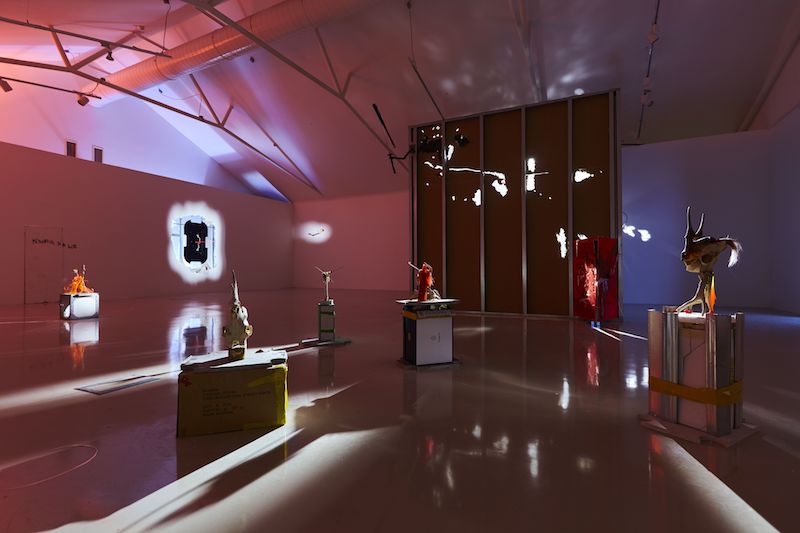
Borsos Lőrinc: "Future for Children", 2023/24, installation view at Artmill Budapest // Photo courtesy of artist Balazs Deim
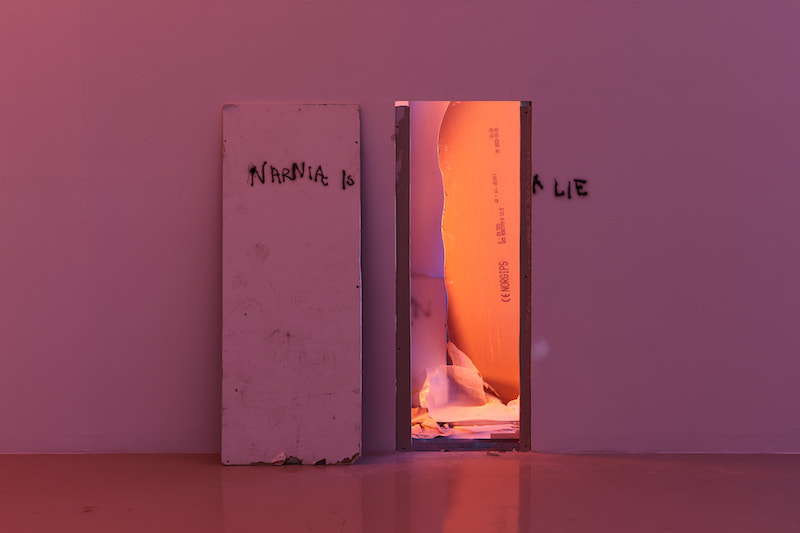
Borsos Lőrinc: "The future is for children", 2023/24, installation view at Artmill Budapest // Photo courtesy of the artist, David Biro
Post-apocalyptic worldbuilding techniques and exploring video game-like spaces reveal alternate artificial realities in the role-playing concept and pace of created simulacra. The techno-futuristic reality they seek to convey can be contested with themes of technological singularity and contemporary art that question the holy trinity of artist, work of art, and audience. Embracing the diversity of technology and experimenting with alternative forms of human existence are central and recurring themes in Borsos Laurink's practice.
The pair have been especially busy this year, with an exhibition opening at New York's Hessel Museum in April and the upcoming release of Janos Borsos' (aka Mike Nylons) new album on Hungarian experimental electronic music label Temporary Nights.
About the artist
www.borsaslorinc.com


